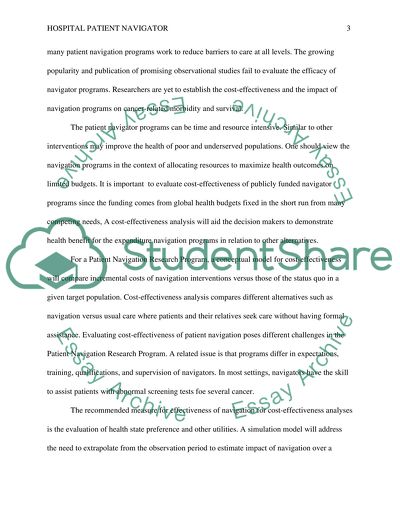Cite this document
(“Why Hospitals should hire Patient Navigator Research Paper”, n.d.)
Why Hospitals should hire Patient Navigator Research Paper. Retrieved from https://studentshare.org/health-sciences-medicine/1672517-why-hospitals-should-hire-patient-navigator
Why Hospitals should hire Patient Navigator Research Paper. Retrieved from https://studentshare.org/health-sciences-medicine/1672517-why-hospitals-should-hire-patient-navigator
(Why Hospitals Should Hire Patient Navigator Research Paper)
Why Hospitals Should Hire Patient Navigator Research Paper. https://studentshare.org/health-sciences-medicine/1672517-why-hospitals-should-hire-patient-navigator.
Why Hospitals Should Hire Patient Navigator Research Paper. https://studentshare.org/health-sciences-medicine/1672517-why-hospitals-should-hire-patient-navigator.
“Why Hospitals Should Hire Patient Navigator Research Paper”, n.d. https://studentshare.org/health-sciences-medicine/1672517-why-hospitals-should-hire-patient-navigator.


